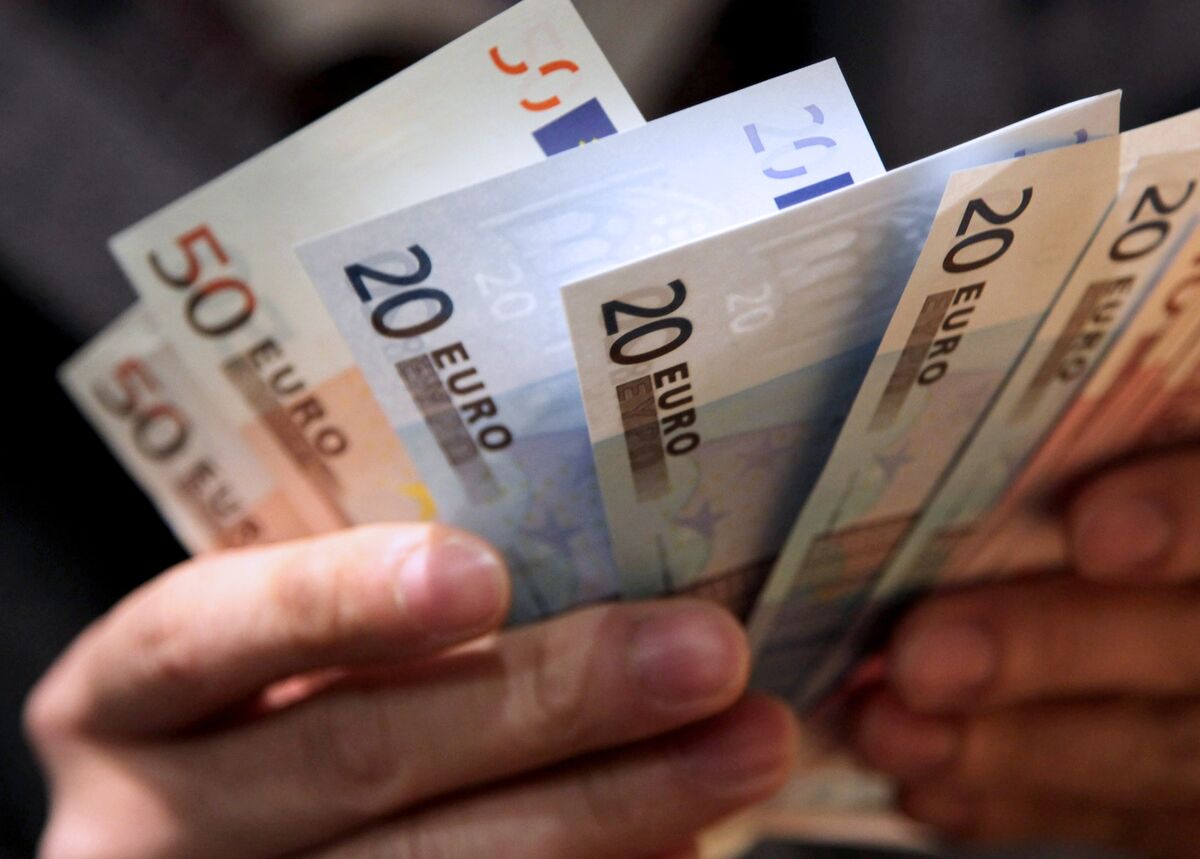
The euro fell to its weakest level versus the dollar in over two years amid concerns about Europe’s economy and monetary policy divergence with the US.
The common currency fell 0.4% to $1.0314, the lowest level since November 2022, extending its decline since late September to around 8%. The pound also underperformed its main peers to trade at the weakest level since May.
The euro has been dragged lower by fears that the region’s export-orientated economies will be hit by US trade tariffs and expectations the European Central Bank will cut interest rates more aggressively than the Federal Reserve. Political instability in the bloc’s biggest economies has also added to the pressure.
“For Germany and France, the weak growth outlook is mixed with political uncertainties and the expectation that the ECB could announce more consecutive rate cuts into the spring,” said Jane Foley, head of FX strategy at Rabobank, who sees the euro moving to parity versus the dollar in the second quarter.
Many strategists are forecasting a slide to parity with the greenback or even below that this year. The last time this key psychological threshold was passed was in 2022, after Russia’s full-scale invasion of Ukraine sparked an energy crisis in Europe and provoked fears of a recession.
Traders were reminded of the bloc’s energy woes on Thursday, as the flow of Russian gas to Europe via Ukraine was halted. The stoppage means central European countries will be forced to source more expensive gas elsewhere, compounding pressure on supplies just as the region depletes winter storage at the fastest pace in years.
Still, the European Central Bank’s 2% inflation target remains in sight, according to a New Year’s day message from President Christine Lagarde. Euro-area consumer-price growth decelerated over the course of last year and went below the ECB’s target in September, though it has ticked up again in recent months.
Pound Falls
Sterling also came under pressure on Thursday, weighed by concerns about the outlook for UK growth. The currency was the worst performer among Group-of-10 peers, down as much as 0.7% to $1.2435.
“Weak growth is a common issue for Germany France and the UK with the latter suffering from a step up of recession fears on the back of the soft UK GDP releases at the end of 2024,” Rabobank’s Foley said.
Britain’s GDP was flat in the third quarter of 2024 and the Bank of England expects the fourth quarter to show no growth as well. The tepid performance is in sharp contrast to the first half of the year when the UK almost matched the fastest growth in the Group of Seven.


